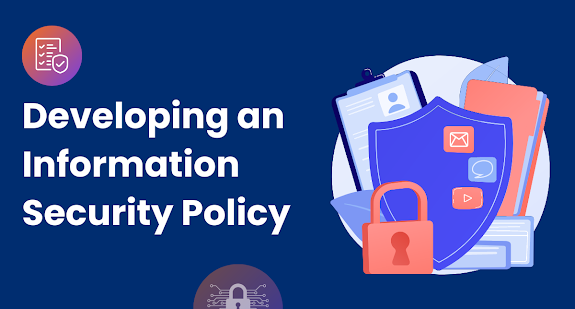Compliance policy templates : An essential part of security Compliance Policy

In today's digital era, protecting data and complying with regulations are critical for businesses. Here are the key components of a robust security compliance policy : Security compliance policy Risk Assessment: Regularly evaluate potential security risks to identify vulnerabilities. Data Classification: Categorize data based on sensitivity to prioritize protection measures. Access Control: Restrict data access to authorized personnel with authentication mechanisms. Security Awareness Training: Educate employees on security threats and best practices. Incident Response Plan: Prepare steps to detect, contain, and recover from security incidents. Regulatory Compliance: Align with industry regulations like GDPR, HIPAA, or PCI DSS. Security Controls: Implement measures like firewalls and encryption to protect against threats. Documentation: Maintain records of policies, procedures, and incidents for ...


